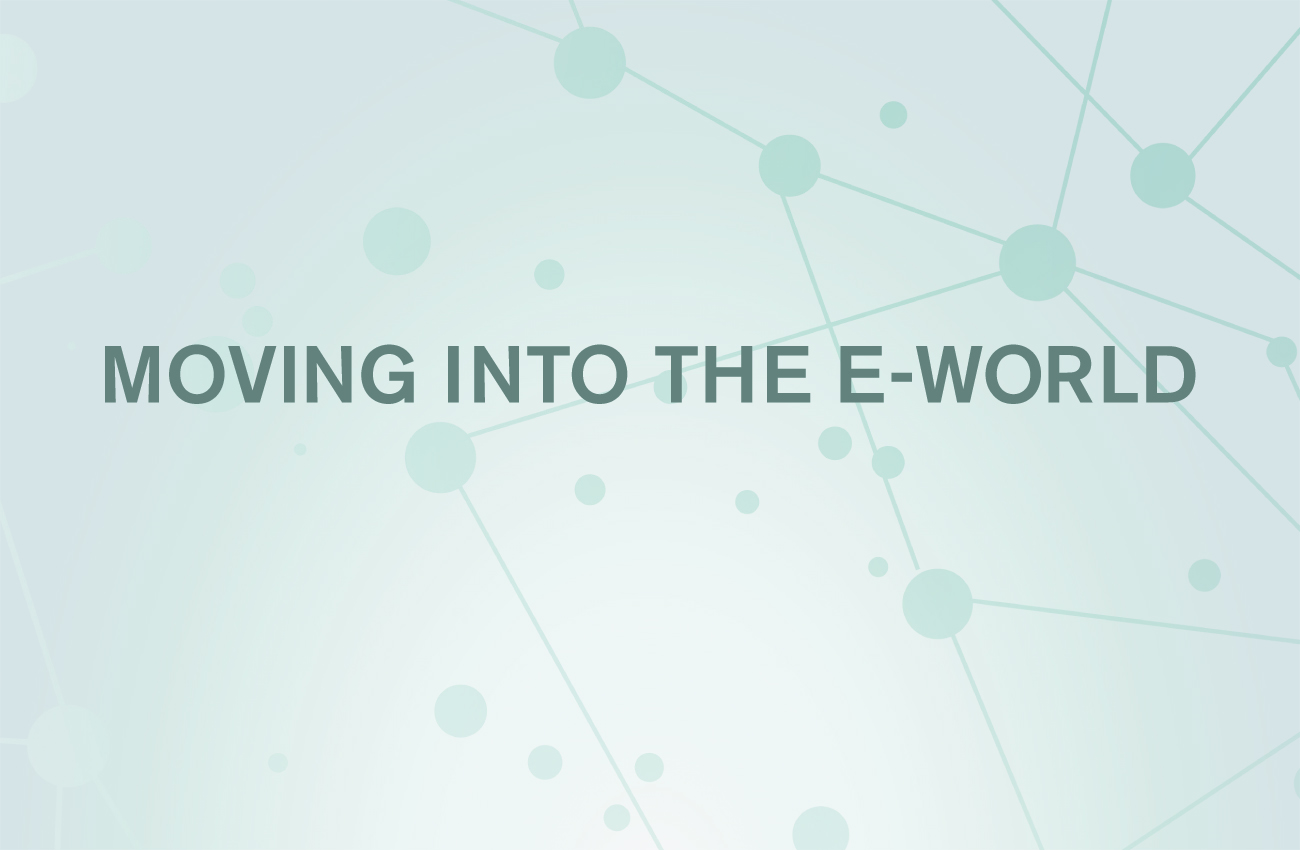Liz Salecka discusses how initiatives to promote the e-exchange of trade documents are enhancing the speed and efficiency of transactions.
While the Bank Payment Obligation (BPO) represents an important step towards the e-exchange of trade transaction data in the bank-to-bank space, the movement towards electronically transmitting trade documents such as the bill of lading is also gaining momentum.
Swift is currently working with data solutions company essDOCS and a number of other e-trade documentation platform providers to ensure that their solutions are compatible with – and can be fully integrated with – the BPO.
“It is important that what we do in the bank-to-bank space is aligned with innovations in e-trade documentation in the corporate-to-corporate space so that electronic trade information flows between two corporates can also be fed to banks,” says André Casterman, global head, corporate and supply chain market at Swift.
He explains that the key objective is to ensure that an e-bill of lading – when sent from one corporate to another – is also presented to banks electronically as an original document.
Swift anticipates that the combined solution will play a key role in Asian markets where governments are now promoting the e-exchange of trade information so that goods can exchange hands more quickly. “When trade is based on paper documentation it is often the case that the paper documents arrive after the goods and the importer hence cannot take ownership. We are trying to accelerate this chain so that the buyer can take ownership sooner,” says Casterman.
Casterman also anticipates strong demand in the UAE, where governments are keen to electronify shipping documentation to simplify processes for importers and exporters using their ports and hence make their ports more attractive – and competitive – globally.
However, moving from paper to e-documentation – first with the BPO and then the e-bill of lading – represents a major change for banks and has implications for their legal set-up. As such, Casterman anticipates that use of the BPO and e-bill of lading as a combined solution is likely to see lower initial adoption by banks than the BPO as a standalone solution.
“This is the most advanced solution for corporates and it is those corporates that have regular shipments of goods which will be the biggest users,” he says, pointing out that it is most relevant to companies shipping soft commodities. “As banks realise growing corporate demand they will take steps to implement this as a total solution.”
RBS is an early mover and has already conducted a pilot with an e-presentation vendor and two of its commodity clients.
Deborah Seliski, director, global trade channels at RBS global transaction services explains that one key finding of the pilot was that rather than taking three to four days for each bank to check paper documents, the processing time was reduced to hours.
“The eureka moment came with the realisation that by combining BPO transactions with e-presentation documentation, buyer and seller would not have to exchange paper documents with each other,” she says.
The pilot revealed a number of benefits, including a reduced risk coverage period; 10% cost savings for clients; reduced risk of paying demurrage; eliminating the need for letters of indemnity or shipping guarantees; quick correction of discrepancies; improved cash certainty; and the elimination of a paper bill of lading.
“This facilitated the transfer of title which is especially useful in the commodities market,” says Seliski.
Meanwhile, at Bolero, whose established e-Presentation solution enables the e-transmission of letters of credit and associated trade documents between counterparties, the recent Swift initiative was recognised as a step in the right direction.
“The BPO is a payments instrument that involves the transfer and matching of data in the bank-to-bank space – but what it does not do is transmit other relevant documents such as the bill of lading,” says Paul Mallon, director of legal and co-founder, who adds that Bolero has always offered a solution that sends these documents too.
“Swift is now thinking in the same way. Integrating the BPO with solutions that digitise other trade documents will work very well.”
Mallon identifies growing corporate interest in e-documentation services globally.
Aside from Asia, Bolero is witnessing demand for its e-presentation services from exporters and importers in North America and Europe, which are using the Bolero platform to transmit full electronic letters of credit or trade documents alone involved in open account transactions.
Bolero has processed more than US$7bn of transactions as full e-presentations in the last 12 months. “E-bills of lading come into their own as part of an e-presentation of documents. There is an amplification of the benefits accrued when they are used within an e-letter of credit,” says Mallon.
He believes that growing adoption of e-bills of lading will reduce the need for letters of indemnity which are often used by importers to gain possession of goods from carriers if they arrive before a paper bill of lading. “The use of a letter of indemnity involves a frustrating process and presents risks to the bank involved,” explains Mallon. “An e-bill of lading moves very quickly through the banking system to the importer, and the chance of it not being delivered before the goods arrive is reduced by 90%.”







